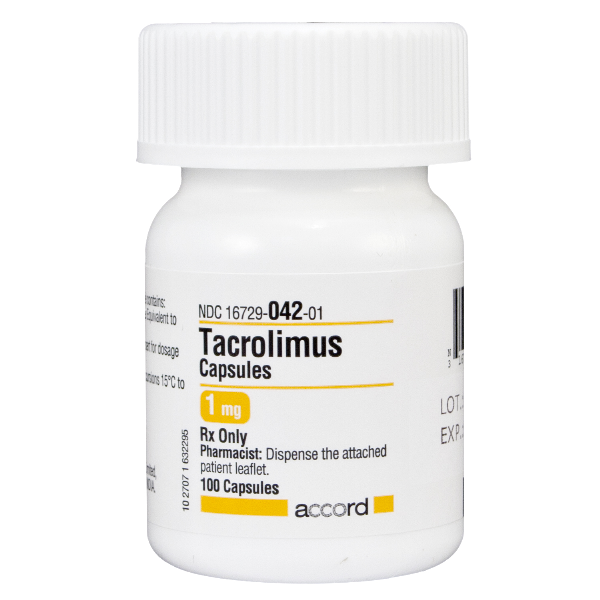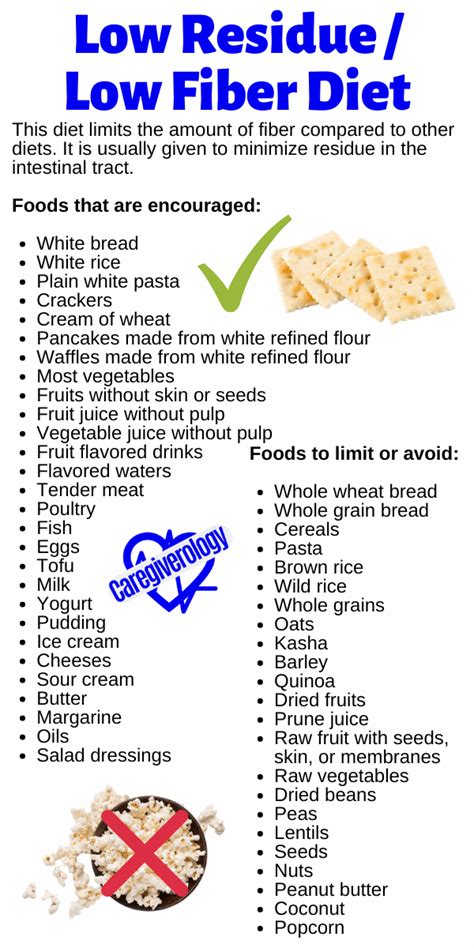The removal of the gallbladder, known as a cholecystectomy, is a common surgical procedure performed to treat gallstones and other gallbladder-related issues. While the surgery itself is relatively straightforward, the recovery process can vary depending on the individual and the method used to perform the surgery. Understanding what to expect during the recovery period can help patients prepare and ensure a smooth transition back to their normal activities.
Immediate Post-Surgery Period
Immediately after the surgery, patients are taken to the recovery room where they are monitored for any potential complications. This is a critical period where medical staff ensure that the patient is recovering as expected from the anesthesia and that there are no signs of bleeding or other issues related to the surgery. Patients may feel groggy, nauseous, and experience pain or discomfort in the abdominal area. Pain management is a key focus during this period, with medication administered as needed to keep the patient comfortable.
Recovery at Home
Once discharged from the hospital, patients begin their recovery at home. The first few days are crucial, and it’s essential to follow the doctor’s instructions carefully. Rest is paramount, as it allows the body to heal. Patients are advised to avoid heavy lifting, bending, or strenuous activities that could put strain on the abdominal muscles and the surgical site. A diet of bland foods, such as crackers, toast, and plain rice, is often recommended initially to minimize the risk of discomfort or nausea.
Managing Pain and Discomfort
Pain management is a critical aspect of the recovery process. Patients are usually prescribed pain medication to help manage any discomfort or pain they may experience. It’s essential to follow the prescribed dosage and to take the medication as directed. In addition to medication, applying a warm compress to the abdominal area can help alleviate pain and discomfort. It’s also crucial to monitor for any signs of infection, such as redness, swelling, or increased pain at the surgical site, and to report these to the healthcare provider immediately.
Diet and Nutrition
Diet plays a significant role in the recovery process. After gallbladder surgery, patients may need to make some adjustments to their diet to manage symptoms and ensure proper healing. Initially, a low-fat diet is recommended to reduce the strain on the digestive system. As time progresses, patients can gradually introduce more foods into their diet, including fats, but it’s essential to do so in a controlled manner to avoid discomfort. Some patients may experience diarrhea or bloating after eating certain foods, and keeping a food diary can help identify problematic foods.
Return to Normal Activities
The time it takes to return to normal activities can vary significantly from one person to another. Generally, patients can expect to resume light activities within a week or two after surgery. However, it may take several weeks to fully recover and return to more strenuous activities or work. The key is to listen to the body and not push oneself too hard, as overexertion can lead to complications or prolong the recovery period.
Potential Complications
While rare, there are potential complications that can arise after gallbladder surgery. These include infection, bleeding, and adverse reactions to the anesthesia. Some patients may also experience long-term side effects, such as diarrhea or fat malabsorption, though these can often be managed with dietary adjustments or medication. Regular follow-up appointments with the healthcare provider are essential to monitor the recovery process and address any concerns or complications promptly.
Future Health Considerations
After the gallbladder is removed, the body adapts to digest food without it. However, this can sometimes lead to changes in bowel movements or the ability to digest certain fats. Patients may need to make long-term adjustments to their diet or consider supplements to manage these changes. Regular health check-ups can help monitor these adjustments and ensure that the patient is adapting well to life without a gallbladder.
How long does it take to fully recover from gallbladder surgery?
+The recovery time for gallbladder surgery can vary, but most people can expect to resume normal activities within 1 to 3 weeks after surgery. However, full recovery, including returning to strenuous activities or work, may take 4 to 6 weeks.
What are the potential long-term effects of having my gallbladder removed?
+Some people may experience long-term effects such as diarrhea or issues with fat digestion after gallbladder removal. However, these can often be managed with dietary changes or supplements. Regular follow-up with a healthcare provider can help monitor and address these issues.
Can I still eat a normal diet after gallbladder surgery?
+Yes, most people can return to a normal diet after recovery from gallbladder surgery. However, it's often recommended to introduce foods gradually, starting with low-fat options, to manage potential discomfort or digestive issues. Listening to your body and making adjustments as needed can help.
How do I manage pain after gallbladder surgery?
+Pain management after gallbladder surgery typically involves following a prescribed medication regimen as directed by your healthcare provider. Applying a warm compress to the abdominal area and getting plenty of rest can also help alleviate discomfort.
What activities should I avoid during the recovery period?
+It's recommended to avoid heavy lifting, bending, or strenuous activities that could strain the abdominal muscles and the surgical site. Following your healthcare provider's specific guidance on activity limitations is crucial for a smooth recovery.
Recovery from gallbladder surgery requires patience, adherence to medical advice, and slight adjustments to lifestyle and diet. By understanding the recovery process and taking proactive steps to manage pain, diet, and activity levels, patients can ensure a smooth transition back to their normal life, free from the discomfort and complications associated with gallbladder issues.



